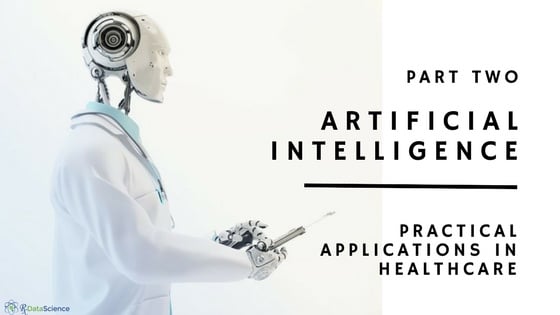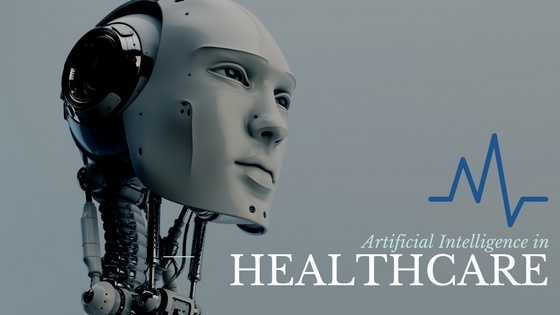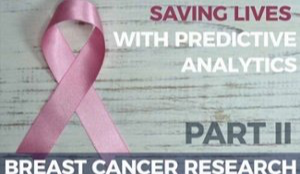Within the first decade of the 21st century, the use of big data became very popular in many big industries. The methods for capturing big data have since evolved from traditional data lake systems to more integrated technologies that combine big data with all other systems within a company.1
(more…)
How can AI technology improve the healthcare industry?
Our last blog post explored the implications of a recent study on artificial intelligence (AI) and machine learning business application. While the healthcare industry can expect incredible benefits from the adoption of AI technology, it remains under-adopted and receives below-average attention when compared to other industries.
This post aims to highlight the areas within healthcare where AI has potential. This technology can improve operations, patient experiences, medical procedures, and solve regulatory challenges.
(more…)
An independent study on machine learning and artificial intelligence (AI) was released by the McKinsey Global Institute (MGI) in June 2017, focusing on the following central question: “Is artificial intelligence the next digital frontier, and if so, are businesses ready for it?”
(more…)
Anonymous patient-level data (APLD) is data collected in real time from an individual patient. There has been an increasing interest in patient-level data, as researchers, healthcare providers, and pharmaceutical companies are realizing the potential of creating better comparisons of effective treatment outcomes by analyzing long-term data that represent individual patient-based experiences.
(more…)
Using Support Vector Machines
(more…)
Machine Learning and Healthcare: Breast Cancer Diagnosis
(more…)
One life gone. Now, another. By the end of today, the Centers for Disease Control and Prevention predict that, on average, 115 Americans will die from an opioid overdose. The cycle will repeat tomorrow and the next day as well as the next.
What was once a chilling feeling has turned numb, leaving the public unphased by the steadily increasing body count scattered across the headlines.
(more…)
Shruti Kaushik1,a, Abhinav Choudhury1,b, Nataraj Dasgupta2,c, Sayee Natarajan2,d, Larry A. Pickett2,e, and Varun Dutt1,f
(more…)
A patient’s journey as they navigate and choose from the many treatments and options available to them is highly unique. The sheer number of variables can be overwhelming. Aggregate patient journey information is locked in APLD (anonymous patient level data) sources like claims, prescription, and EMR data sets. Logically sifting through multiple multi-billion row data sets looking for actionable insights is important for today’s pharmaceutical manufacturers. It requires the most leading edge possible data infrastructures to handle at scale.
(more…)



